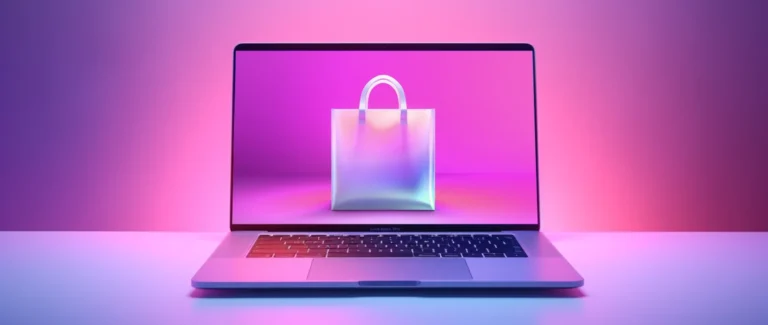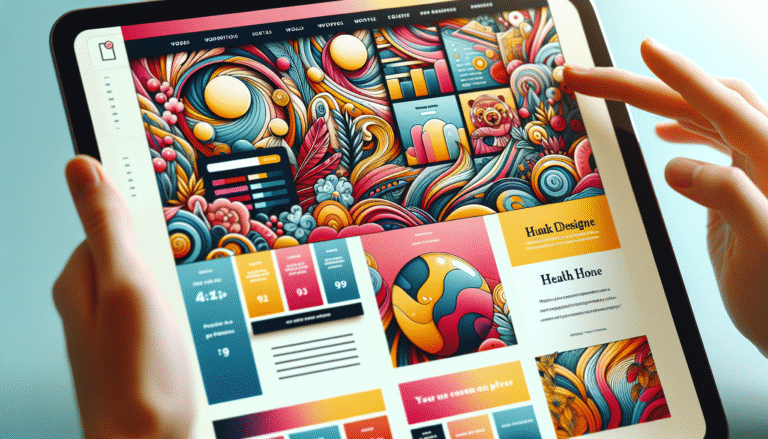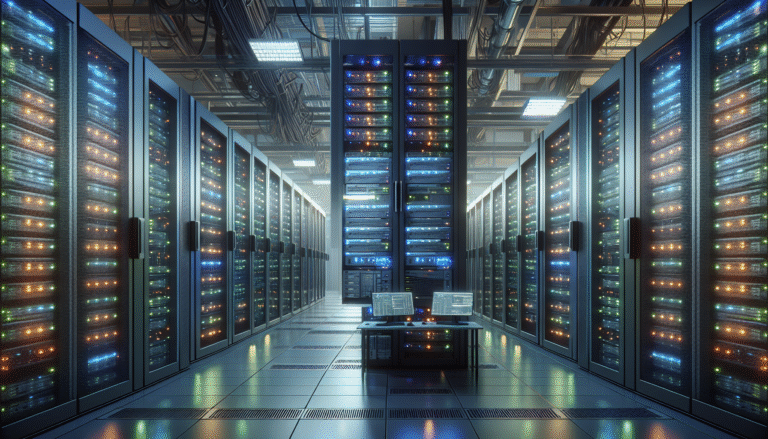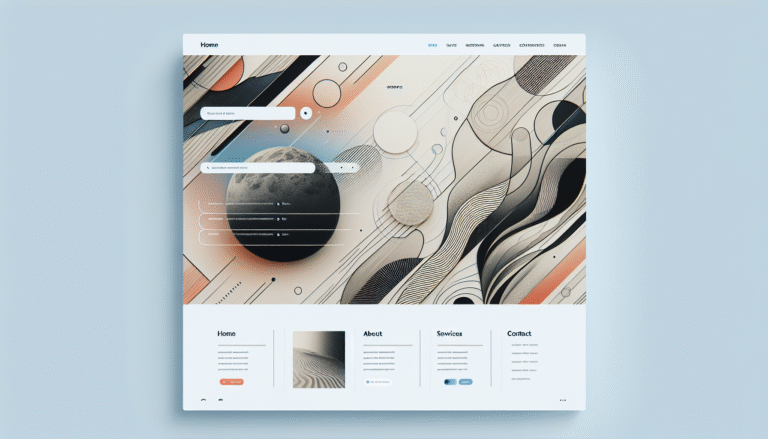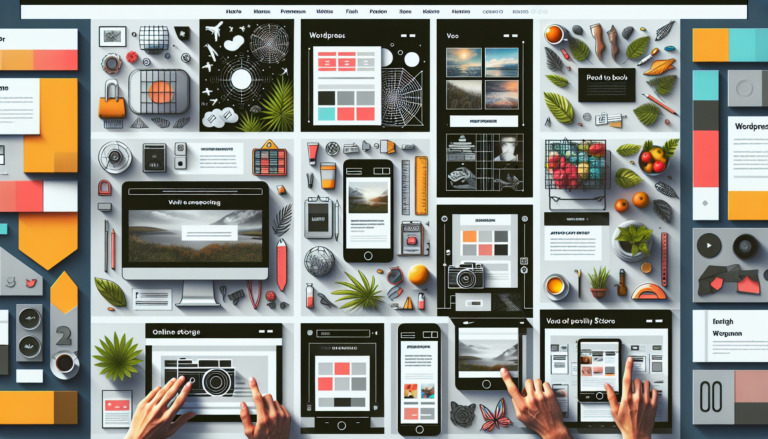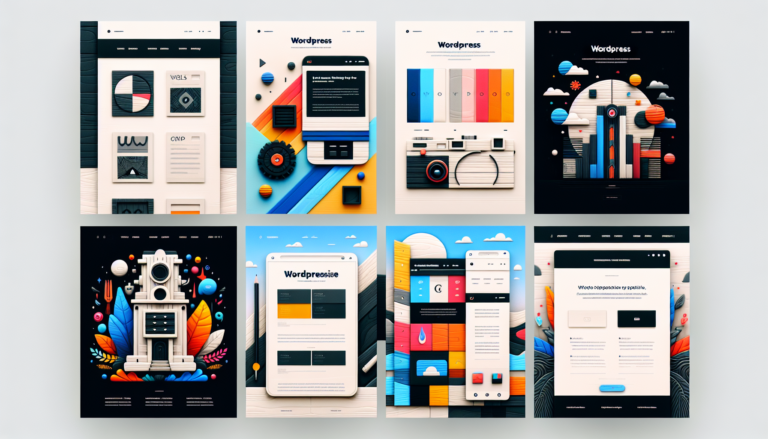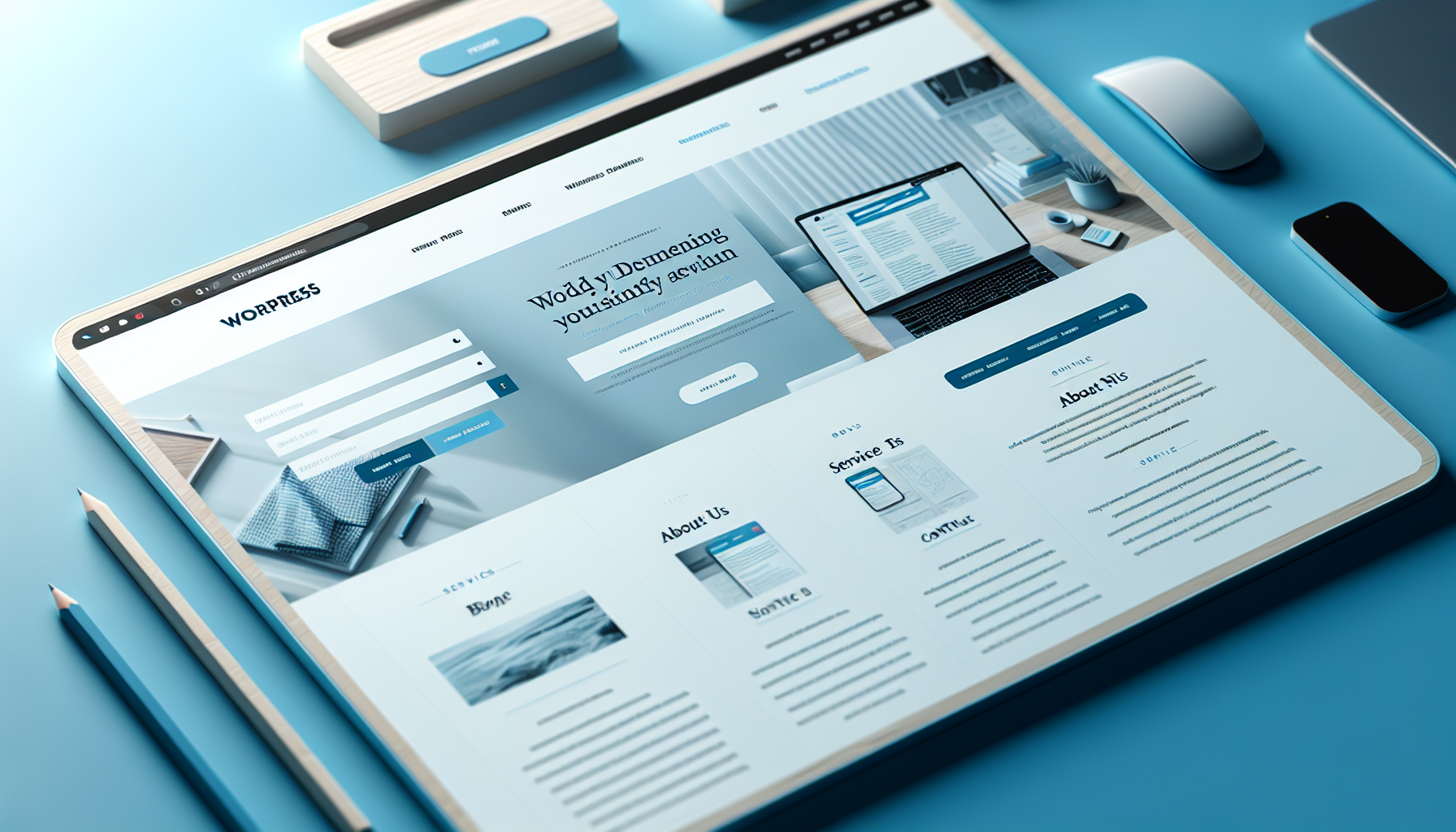
As we dive into 2025, it’s the perfect time to take a step back and explore the latest developments shaping the world of website design. This year’s trends are not only visually striking but also enhance user experience, functionality, and engagement. Whether you’re designing a new website or refreshing an existing one, these are the trends you’ll want to keep on your radar.
Here are the top web design trends making waves in 2025:
1. Interactive Storytelling
While the phrase “content is king” remains true, how we present that content is evolving. Designers are embracing interactive storytelling using animations, scroll effects, and immersive visuals to captivate users. A great example is A Bit of Beetle, a project that uses scroll-based storytelling to make learning about beetles surprisingly engaging. The design encourages users to stay longer and explore further.
2. Print-Inspired Typography
Modern web typography is borrowing heavily from print design. Expect to see overlapping text, mixed fonts, and artistic layouts that feel more like editorial spreads than traditional websites. Breaking the Silence showcases this with bold, oversized type in its hero section, creating a dramatic visual impact that sets the tone for the rest of the site.
3. Enhanced Motion and Animation
Motion is everywhere in web design this year. From subtle hover effects to elaborate cursor interactions, movement adds life to digital interfaces. Interstellar Web Development integrates floating elements and glitch animations that respond to user input, making the experience dynamic and engaging—just be careful not to overdo it and overwhelm users.
4. Rule-Breaking Design
Design principles exist for a reason, but 2025 is seeing a surge in creative rule-breaking. Super Evil Genius is a standout example, featuring layered animations, unexpected hover states, and unconventional color schemes. Despite defying norms, the design still feels cohesive and intentional.
5. Unconventional Navigation
Navigation design is getting experimental. Moving away from the typical top-bar layout, designers are placing menus in unexpected places. Doof Media positions its navigation at the bottom of the screen with glowing buttons and fixed icons. While risky, when done right, this approach can create a memorable user experience.
6. Dark Mode and Theme Toggles
Dark mode continues to gain popularity, with many users preferring it for its sleek look and reduced eye strain. The Roanoke Blacksburg Innovation Alliance site includes a user-friendly toggle that allows visitors to switch between light and dark themes, ensuring accessibility and brand consistency across modes.
7. Immersive Scrolling
Scrolling is no longer just a means of navigation—it’s part of the storytelling. The(eight) uses scroll-triggered animations to introduce content in a seamless, engaging way. These features make the experience feel fluid and intuitive, encouraging users to keep exploring.
8. Breaking the Rectangle
Designers are moving beyond traditional rectangular layouts. Shapes like circles, tilts, and asymmetrical frames are being used to add visual interest. Silverfish Studios tilts its video frame and incorporates a notched headline, creating a layout that feels fresh and distinctive.
9. Bold Primary Color Palettes
Bright, saturated primary colors are making a comeback. Red, blue, yellow, and green are being used in full intensity to create energetic and cheerful designs. Obfitosc exemplifies this trend with vibrant color blocks that make the site feel lively and fun.
10. Accessibility First
Inclusive design is a must in 2025. Websites are focusing more on accessibility, ensuring content is readable and navigable for all users. UCFB demonstrates this with high-contrast text overlays, thoughtful navigation design, and image treatments that enhance readability without sacrificing style.
Bonus: AI Integration
Artificial intelligence is subtly powering many web experiences behind the scenes. From personalized content suggestions to voice command recognition and intelligent search results, AI is enhancing usability and engagement in ways that aren’t always visible but are increasingly impactful.
Final Thoughts
Web design in 2025 is all about creating meaningful, immersive, and inclusive experiences. Whether through motion, color, typography, or AI, the goal is to connect with users in innovative and thoughtful ways. Embracing these trends will help your website stay modern, functional, and visually compelling in the year ahead.
—
Written by Carrie Cousins, a seasoned writer and designer with over a decade of experience in digital media. Connect with her on Twitter @carriecousins.
